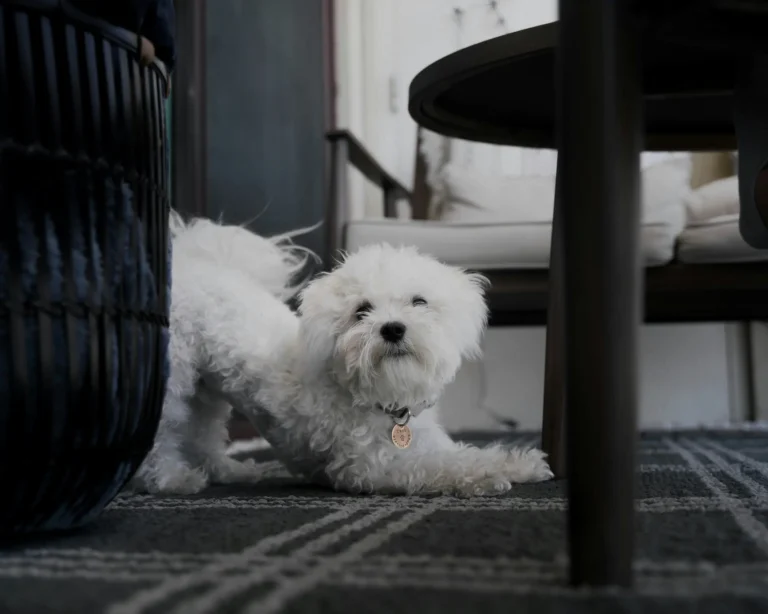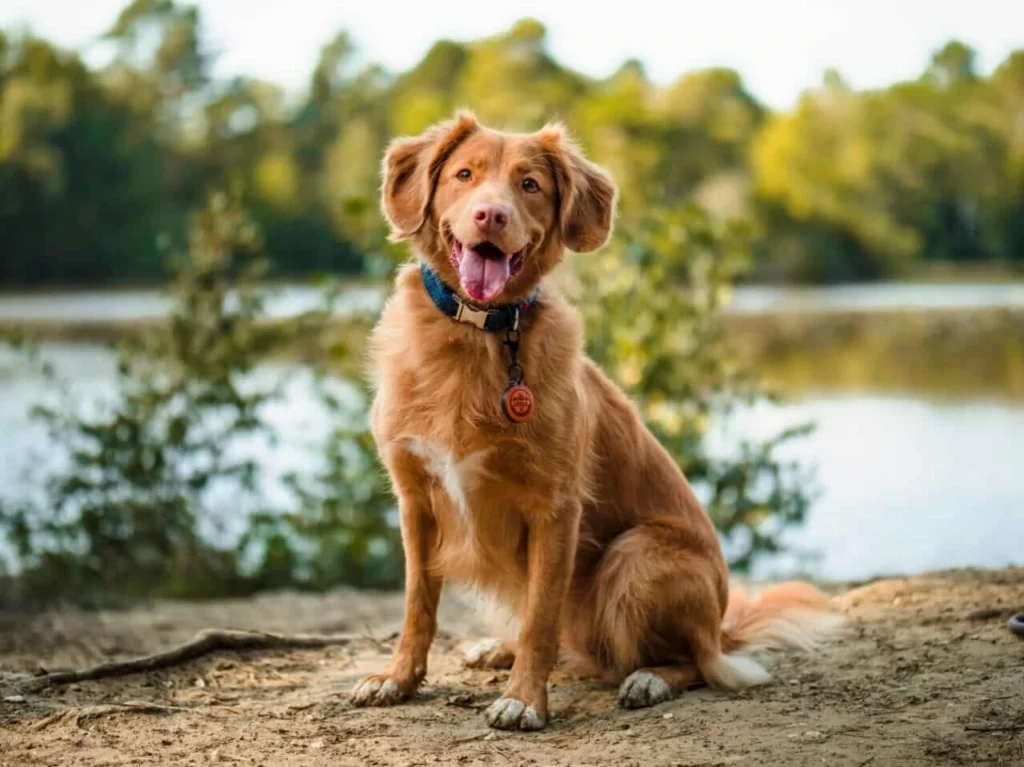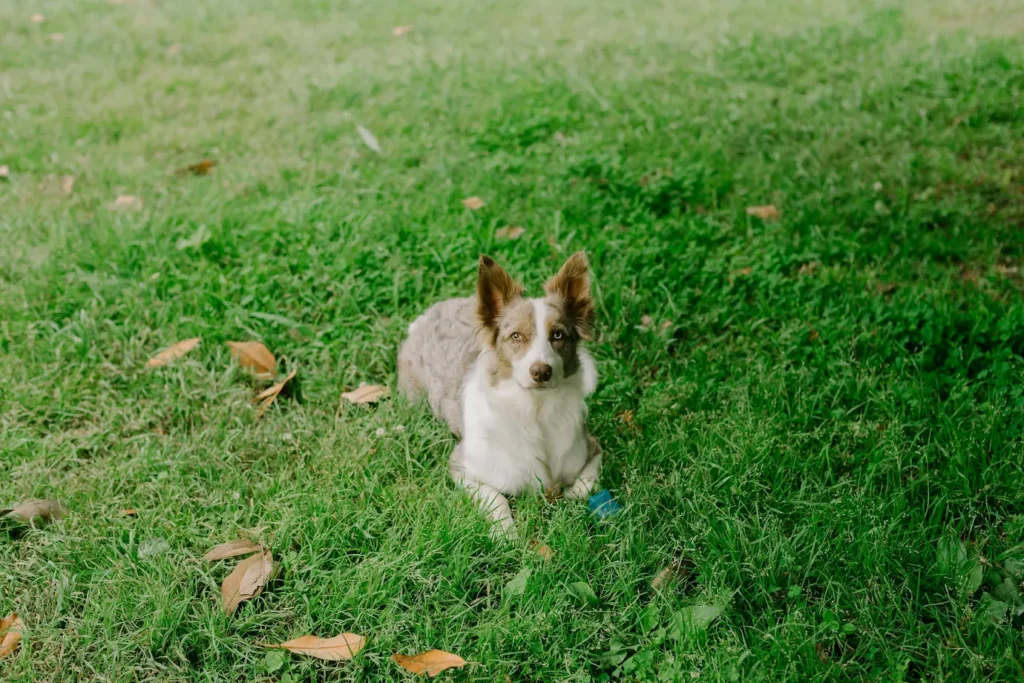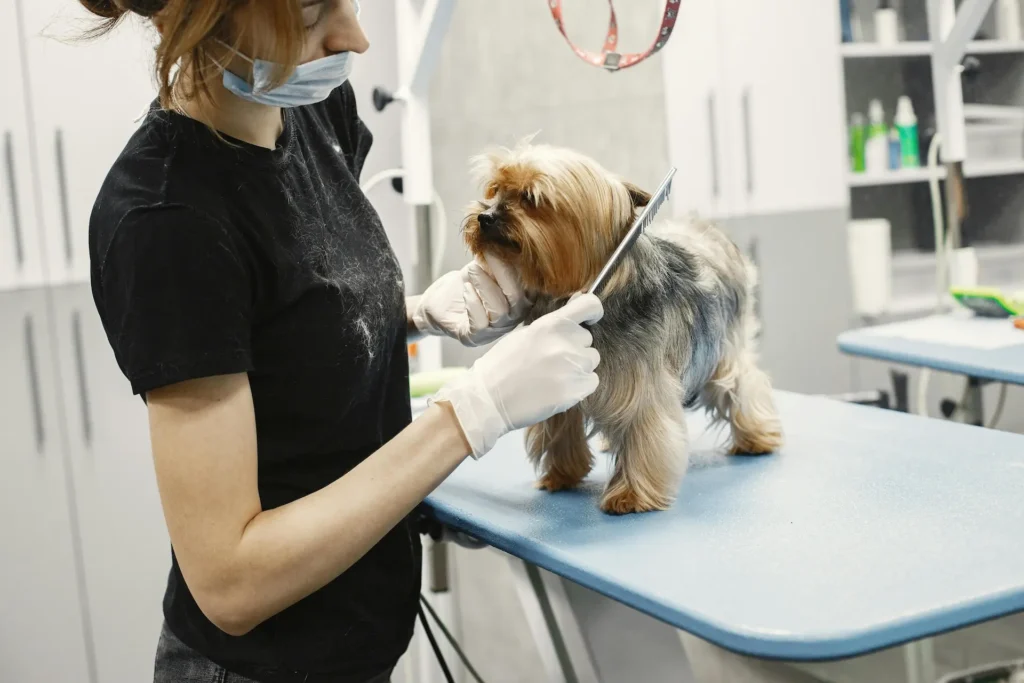How Much Exercise Does Your Dog Need? Vet-Backed Guide (2025)
Discover how much exercise your dog really needs by breed, age, and energy level. Learn expert tips, avoid common mistakes, and keep your pup fit!
Is your dog getting the right amount of exercise—or are they bouncing off the walls, or worse, gaining weight? Whether you own a sleepy Shih Tzu or a hyper Husky, knowing how much physical activity your dog needs is key to their health and happiness. This guide breaks it all down by breed, age, and lifestyle so you can confidently support your pup’s wellness journey.
In this guide, we'll help you figure out the ideal amount of exercise for your furry friend, suggest creative activities, and show you the signs that you're overdoing—or underdoing—it. With the right balance, your dog will stay fit, behave better, and live a longer, happier life.
Why Dogs Need Daily Physical Activity
Exercise isn’t just about burning energy. Dogs benefit from regular activity in the same way humans do. It helps maintain a healthy weight, keeps joints strong, reduces anxiety, and improves behavior. Dogs who are regularly exercised also enjoy better cardiovascular health, fewer behavioral problems, and a lower risk of chronic illnesses.
Top Benefits of Regular Dog Exercise
- Reduces obesity risk and related health issues
- Improves cardiovascular and joint health
- Minimizes boredom and destructive behavior
- Boosts mood and supports mental stimulation
- Strengthens your bond with your dog
Even just 30 minutes of movement per day can make a world of difference. But what type of movement—and how much—is right for your dog? That depends on several factors.
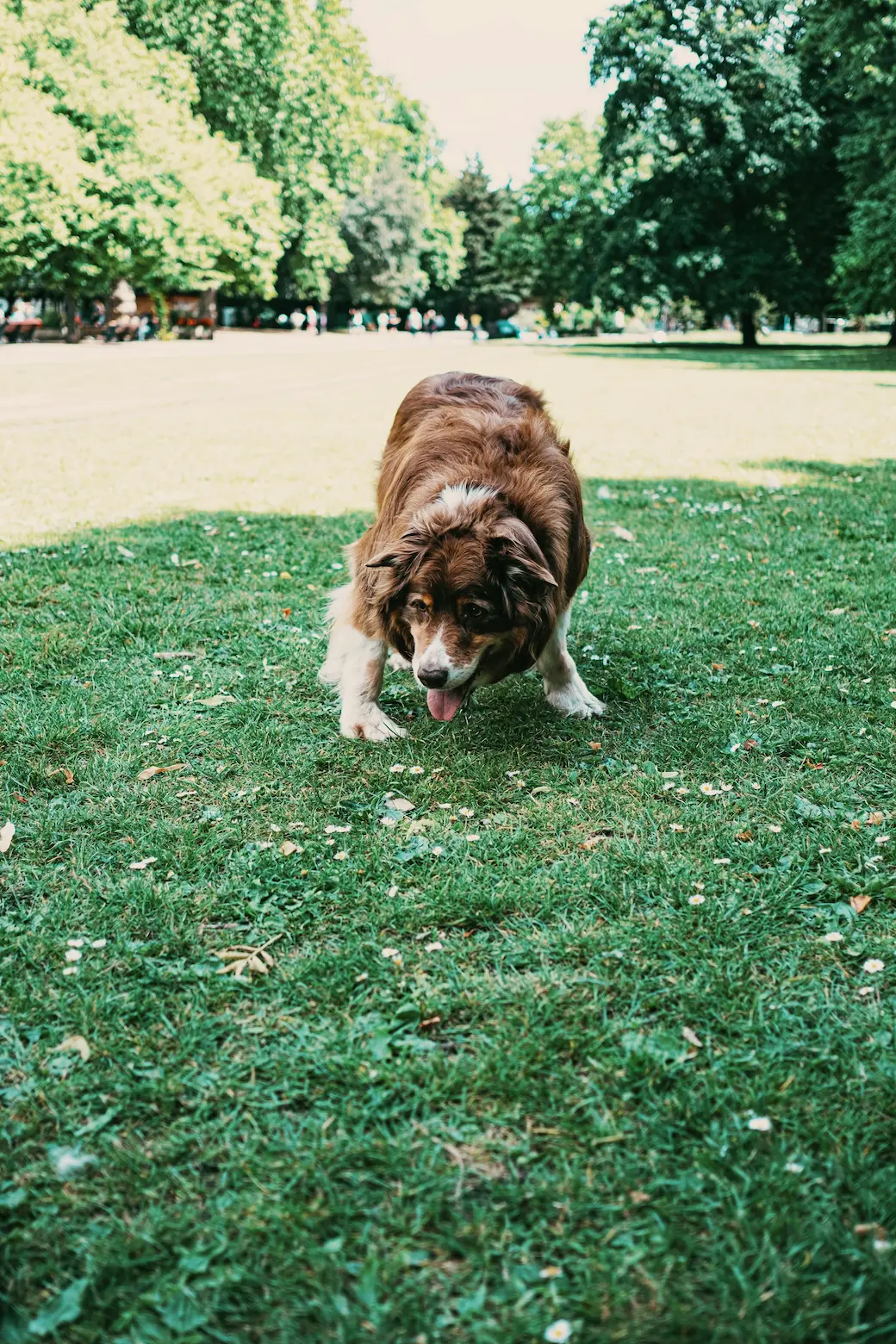 Image Credit: Samuel Regan-Asante on Unsplash
Image Credit: Samuel Regan-Asante on Unsplash
How Much Exercise Does Your Dog Need?
Not all dogs are created equal. A senior Pug has very different exercise needs compared to a young Border Collie. Here's how you can tailor exercise based on your dog’s profile.
By Breed Type
- Low-energy breeds (Bulldogs, Shih Tzus): 20–30 minutes daily, split into short walks
- Medium-energy breeds (Beagles, Cocker Spaniels): 30–60 minutes daily, including playtime and structured walks
- High-energy breeds (Huskies, Australian Shepherds): 60–90+ minutes with brisk walks, mental games, and off-leash running
Breed traits matter. A Border Collie will naturally need more than a Basset Hound. Make sure you're choosing activities that match your dog’s physical and mental needs.
By Age
- Puppies: A common rule of thumb is 5 minutes of exercise per month of age, twice a day. A 4-month-old pup, for instance, should get about 20 minutes twice daily.
- Adults: Most adult dogs need between 30–60 minutes depending on breed and energy level. Working breeds may require more.
- Seniors: Older dogs still need movement! Gentle strolls and light games help maintain muscle mass, mobility, and cognitive function. Aim for 20–30 minutes daily, adapted to their health.
Fun Ways to Keep Your Dog Active
Exercise doesn’t just mean walking. Dogs love variety! A blend of physical and mental stimulation is ideal. This is especially important for intelligent breeds who may become bored with repetition.
Creative Dog Exercise Ideas
- Fetch or tug-of-war in your yard or at the park
- Swimming (especially great for senior dogs or those with arthritis)
- Agility courses, flyball, or scent work
- Interactive toys and puzzles for indoor activity
- Structured playdates with well-mannered dogs
- “Sniff walks” where your dog gets time to explore new scents
Mixing up your dog’s routine helps prevent both boredom and overuse injuries. Just like humans, dogs benefit from cross-training!
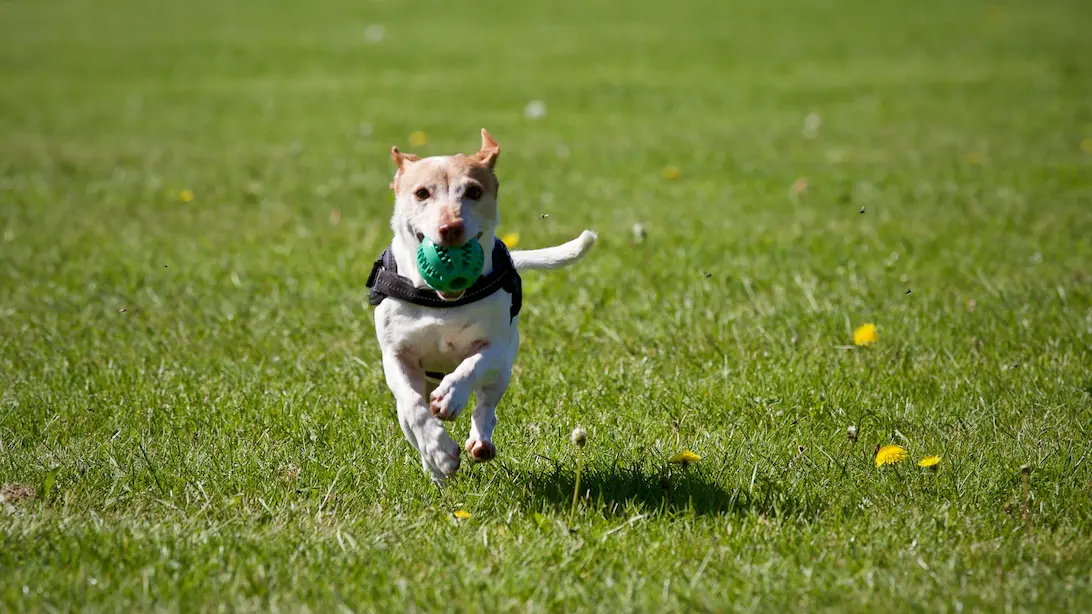 Image Credit: Matthias Zomer
Image Credit: Matthias Zomer
How to Tell If Your Dog Needs More or Less Exercise
It’s all about observation. Your dog’s body language and behavior will tell you a lot about whether they’re getting too much—or too little—exercise. Pay attention to how they act before, during, and after activity.
Signs of Under-Exercising
- Destructive chewing or digging
- Frequent barking or hyperactivity
- Weight gain or loss of muscle tone
- Restlessness, pacing, or waking you up at night
Signs of Over-Exercising
- Limping or soreness after activity
- Refusal to walk or play
- Excessive panting, drooling, or overheating
- Paw pad injuries or stiffness
Always allow rest days and adjust based on the weather, terrain, and your dog’s individual response. Some days, a calm indoor puzzle session may be more beneficial than a run.
FAQs About Dog Exercise
Q1: How many walks does my dog need per day?
A: Most dogs benefit from 1–2 walks daily. High-energy breeds may need 3 or more sessions, while senior dogs can stick to a single, shorter stroll.
Q2: Can indoor activities replace outdoor walks?
A: Indoor games are helpful during extreme weather, but outdoor walks offer new smells, sights, and mental stimulation that are tough to replicate indoors.
Q3: When should I avoid exercising my dog?
A: Avoid activity during peak heat or if your dog is injured, limping, or recovering from illness. Check with your vet for guidance on post-surgery activity.
Q4: What’s the best way to exercise a senior dog?
A: Gentle walks, hydrotherapy, or short play sessions are great. Avoid long hikes or jumping to reduce joint stress. Listen to their pace and energy level.
Conclusion
Exercise is one of the most powerful tools in your dog’s health toolkit. A well-exercised dog is happier, healthier, and easier to manage. By tailoring activity based on breed, age, and personality, you’ll build a better bond and extend their lifespan.
Start small, be consistent, and most importantly—make it fun! Whether it's a trail hike, a puzzle game, or a trip to the dog park, every step counts.
Read our guide on exploring pet-friendly hotel types for your next travel plan.
Need expert guidance? Visit AKC’s official dog exercise guidelines or explore WebMD's pet fitness insights.
Disclaimer: This article may contain affiliate links. If you click and purchase, we may earn a commission at no extra cost to you. As an Amazon Associate, we earn from qualifying purchases.

